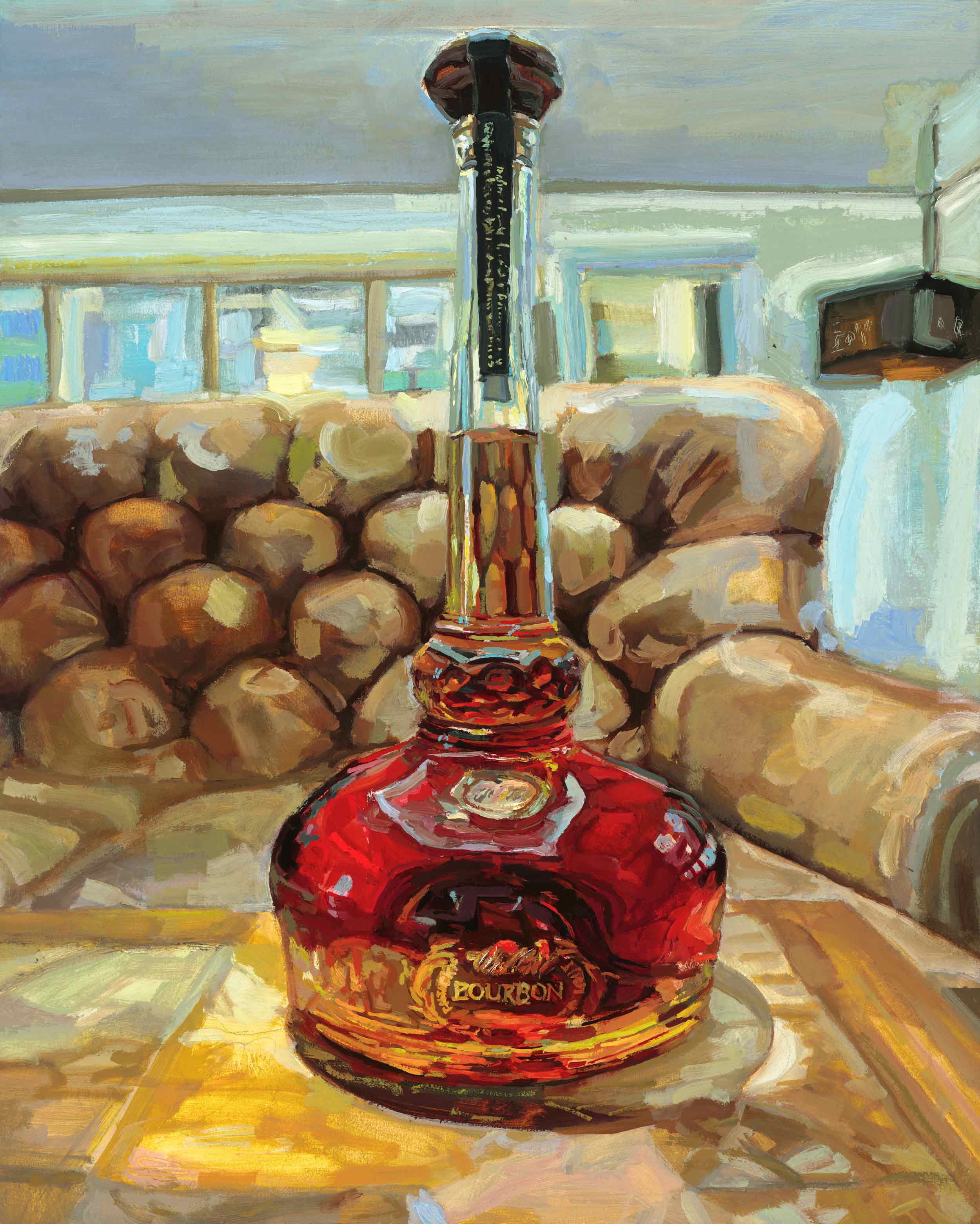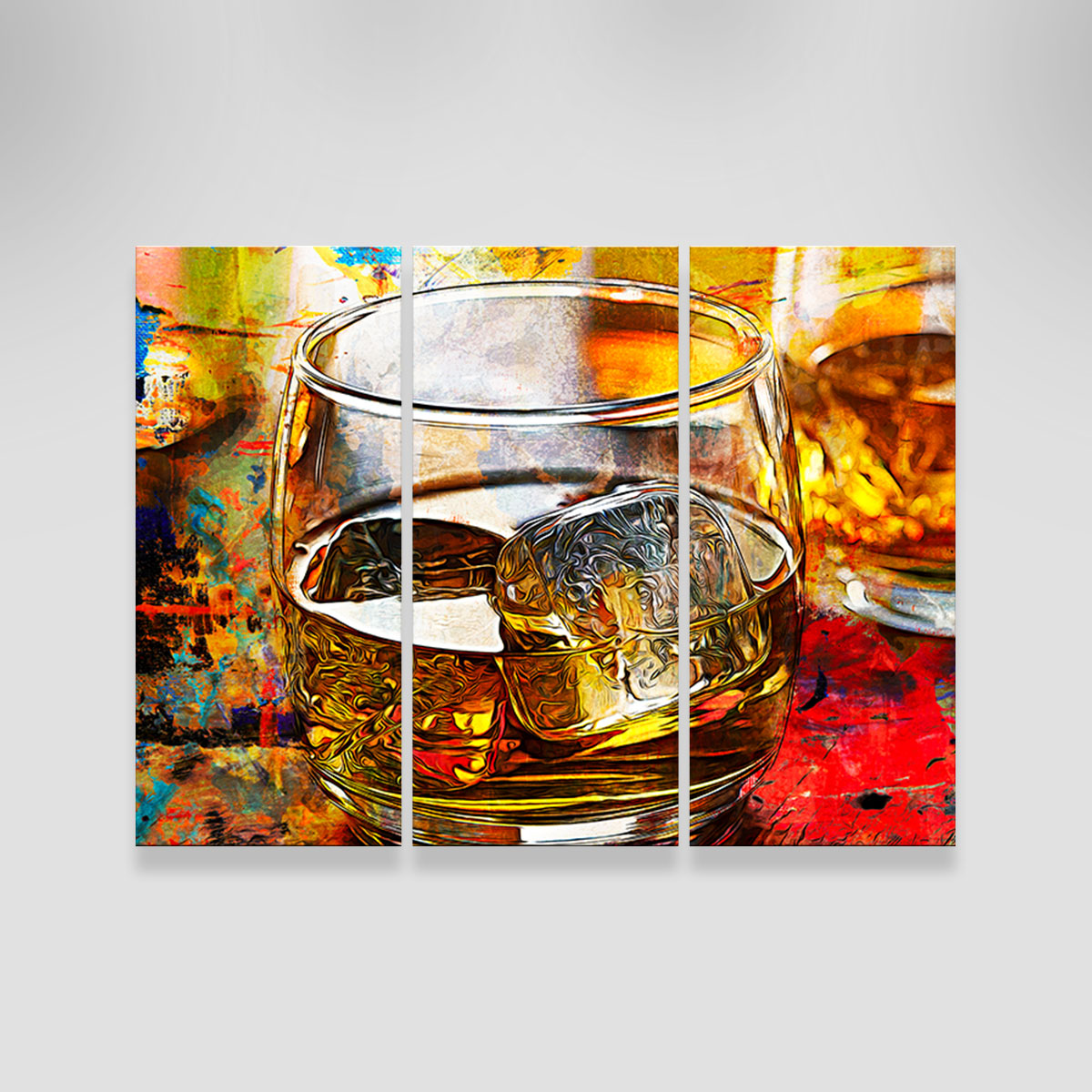The Value of Whiskey Art in Celebrating Heritage and Craftsmanship in the Beverage Sector
The detailed connection between bourbon art and the party of heritage and craftsmanship within the drink sector can not be overemphasized. Through thoughtfully created tags and bottles, whiskey brand names envelop their historical roots and the artisanal abilities that specify their production methods.
The Historic Origins of Whiskey
At the heart of bourbon's attraction lies a rich tapestry of historical origins that trace back to ancient human beings. The origins of scotch can be linked to the distillation methods of the Sumerians and Babylonians around 2000 BCE, where very early kinds of fermented grain beverages began to emerge. Nevertheless, it was in the Middle Ages that the art of purification evolved dramatically, especially in Ireland and Scotland, leading to the creation of bourbon as we recognize it today.
The term "bourbon" itself originates from the Gaelic word "uisce beatha," implying "water of life." This phrase underscores the social relevance of scotch in Celtic cultures, where it was commonly related to routines, parties, and public bonding. By the 15th century, purification became a recognized craft within reclusive neighborhoods, leading the way for the establishment of lawful distilleries.
As trade routes expanded, scotch's appeal expanded, transcending regional boundaries and capturing the passion of connoisseurs worldwide. Bourbon Art. This historic trip mirrors not only the craftsmanship behind bourbon manufacturing but additionally its essential function in social and social contexts, noting it as a substantial beverage throughout background
Artistic Expression in Branding
Bourbon branding stands as an engaging intersection of virtuosity and business, where visual identification plays an essential duty in forming customer assumption. The aesthetics of scotch labels, product packaging, and marketing products reflect not just the brand's story however additionally its core values and heritage. With creative expression, distilleries communicate a story that resonates with consumers, evoking emotions and sparking links.
Using color, typography, and images in branding offers to distinguish products in a saturated market. Standard concepts might stimulate a sense of authenticity and workmanship, while modern-day layouts can represent technology and forward-thinking. This calculated creative direction improves brand name recognition and loyalty, allowing consumers to forge a personal connection with the whiskey they choose.
Additionally, imaginative expression in branding often functions as a celebration of local heritage. Distilleries regularly incorporate regional signs or historic recommendations into their styles, creating a local color that welcomes consumers to take part in a wider cultural experience. Inevitably, the artistry behind whiskey branding not just enhances visual charm yet likewise improves the general story of the brand name, promoting a deeper gratitude for the workmanship and heritage embedded in each container.
Workmanship in Bottle Design
The artistry obvious in whiskey branding prolongs beyond aesthetic identification to include the workmanship associated with bottle style. Each bottle functions as a vessel not just for the spirit within, however additionally for the story it outlines its quality, practice, and origin. The layout procedure requires thorough attention to detail, as elements such as material, shape, and closure contribute substantially to the total perception of the whiskey.
Workmanship in bottle design involves selecting top quality glass that can boost the scotch's color and quality, while likewise giving a responsive experience for the customer. The shape of the container have to be both aesthetically appealing and practical, usually reflecting the heritage of the brand name. Several distilleries choose for special forms or printed logo designs that stimulate a feeling of authenticity and background.
In addition, the label style and typography play a critical role in connecting the brand's narrative. Limited Edition. A well-crafted bottle not only captivates the customer's eye yet likewise enhances the brand name's commitment to top quality and custom. By doing this, the craftsmanship of bottle design ends up being an important facet of the whiskey experience, combining virtuosity with a profound regard for heritage
Cultural Value of Bourbon Art
Celebrating custom and workmanship, the cultural value of whiskey art goes beyond plain aesthetics, intertwining with the social and historic stories of the areas from which it comes from. Each bottle serves as a canvas, depicting the special tales, folklore, and practices that have actually shaped neighborhood whiskey-making practices. The detailed layouts usually mirror the heritage of the distillers, incorporating symbols and concepts that resonate with the society and worths of their communities.

On top of that, whiskey art plays a vital duty in common gatherings and parties, serving as a substantial web link in between people and their shared experiences. By appreciating the virtuosity in whiskey product packaging, consumers grow a much deeper understanding and respect for the craft, ultimately enhancing their pleasure of the drink itself.
Modern Trends in Scotch Presentation
Recently, the discussion of scotch has progressed to show modern tastes and patterns while still recognizing traditional workmanship - Realism Art. Distilleries are increasingly concentrating on aesthetic elements that boost the total alcohol consumption experience, linking the gap in between heritage and modernity
Cutting-edge container layouts have emerged, usually incorporating sustainable products and imaginative tags that inform engaging tales. Lots of brand names currently work together with local musicians, instilling their Learn More Here products with one-of-a-kind visual expressions that reverberate with customers. Furthermore, limited-edition launches are usually packaged in collectible containers, including value and appeal for lovers.

Verdict
To conclude, scotch art acts as an important channel for sharing the heritage and craftsmanship inherent in the beverage sector. With complex branding, ingenious container styles, and culturally considerable creative aspects, bourbon brand names properly recognize their traditions and link with consumers. This imaginative narrative not just elevates the admiration of scotch but also reinforces neighborhood identity and pride amongst manufacturers. Eventually, whiskey art plays a vital duty in preserving and celebrating check this site out the abundant social tapestry of whiskey-making.


Craftsmanship in container style involves selecting premium glass that can improve the scotch's color and clearness, while likewise giving a tactile experience for the consumer. In this way, the craftsmanship of container design comes to be a crucial aspect of the scotch experience, combining virtuosity with a profound regard for heritage.
In verdict, whiskey art offers as a vital avenue for revealing the heritage and craftsmanship fundamental in the beverage sector.